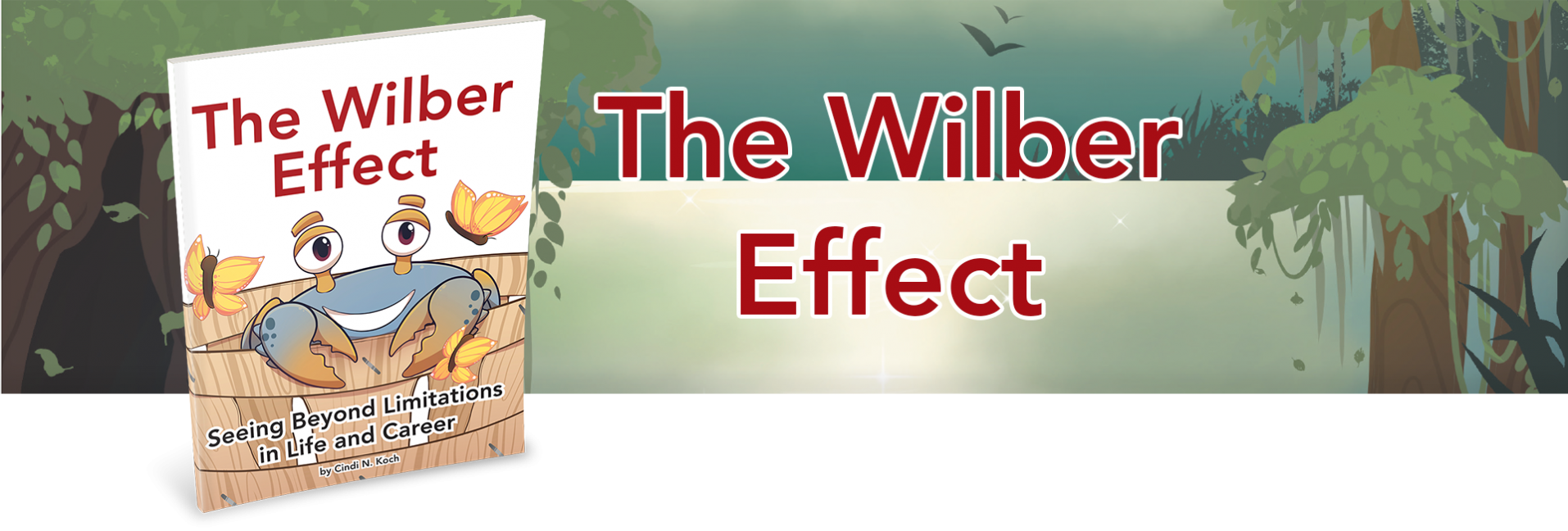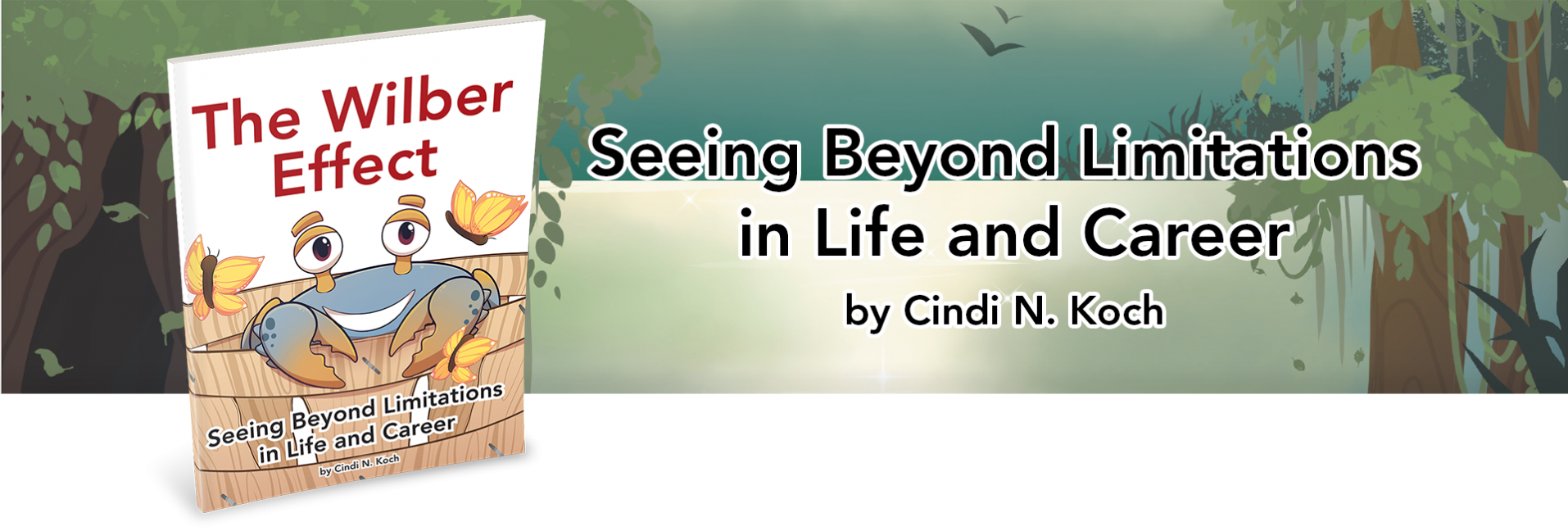Humans have perfected procrastinating over the centuries! Unfortunately, this is one talent we do not need to cultivate. One of the hardest parts of any project can be the finish line. (I have first-hand experience with this subject!) Some projects come together and are completed with ease, but there are other memorable projects that seem to drag on endlessly. The muscle of “Follow Through” is a lot like any other muscle; it needs a warmup, prep time and then it takes its turn leading the way across the finish line.
Just to be clear; Follow Up is not the same as Follow Through. If someone says they are going to follow up, that means they are communicating with people in the project or network. Follow through is action that continues until the task is complete. Big difference!
Habits we desire to build accumulate over time with many adjustments along the way. Some are conscious and most are based on trial and error. It can be challenging to see your own patterns when the “follow through” takes a wrong turn or stops completely. Our patterns are learned from past experiences and are continued through new experiences using the same old patterns, unless we develop new ones. Comments like, “I will work on that tomorrow,” or “I will get to “that” as soon I am finished with “this,” might be the wrong turn, thereby slowing down “follow through.”
One explanation for the “slow” follow through could be that the finish line is perceived as the future. The future often feels distant and not very gratifying in the moment. Working in the space between the present and the future (deadline) might even bring up resistance or fear causing project fatigue. Identifying gratifying feelings of accomplishments throughout the “follow through” process can be more important than the result, and you can use your successful process over and over. As you repeat similar projects you become more selective about which “follow through” actions lead to a desirable result.
Taking advice or tips from people who have accomplished large projects can support success. When searching, Victor Hugo’s story caught my attention. Mr. Hugo found himself facing an impossible deadline in the summer of 1830. His goal was to write a book raising awareness of the historic value and beauty of Gothic architecture in Paris. He was very passionate about the destruction of older buildings and used his fame to support the cause by entertaining and holding meetings in Paris, thus delaying his writing work. Hugo’s publisher was frustrated and set the deadline, February 1831, less than six months away. He needed a plan to “follow through” and overcome his procrastination. His decision to gather all of his clothes and ask his assistant to lock them in a large chest was unconventional and left him with nothing but a large shawl to wear. Without his clothing he was forced to remain in his study. Hugo was devoted to finishing his project during the fall and winter of 1830. His unusual “follow through” plan proved successful. He published The Hunchback of Notre Dame two weeks early in January of 1831.
The problem of procrastination vs. “Follow Through” is timeless. You might want to pick another successful person to copy, but Victor Hugo’s story was certainly one of the more interesting! Whatever works…
“All the forces in the world are not so powerful as an idea whose time has come.” Victor Hugo
Love to all,
Cindi
“It All Starts With YOU!”
Recent Posts
Recent Comments
Archives
- July 2022
- June 2022
- May 2022
- April 2022
- March 2022
- December 2021
- November 2021
- October 2021
- September 2021
- July 2021
- June 2021
- May 2021
- April 2021
- March 2021
- February 2021
- January 2021
- December 2020
- November 2020
- October 2020
- September 2020
- August 2020
- July 2020
- June 2020
- May 2020
- April 2020
- March 2020
- May 2019
Categories
About the author
Cindi N. Koch is a licensed massage therapist with more than twenty years of experience and passion in helping people live healthier lives.
Calendar
| M | T | W | T | F | S | S |
|---|---|---|---|---|---|---|
| 1 | 2 | 3 | 4 | 5 | 6 | |
| 7 | 8 | 9 | 10 | 11 | 12 | 13 |
| 14 | 15 | 16 | 17 | 18 | 19 | 20 |
| 21 | 22 | 23 | 24 | 25 | 26 | 27 |
| 28 | 29 | 30 | ||||




